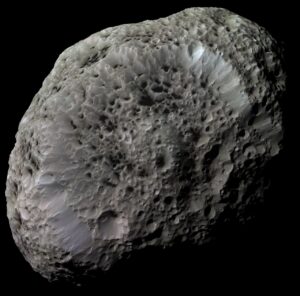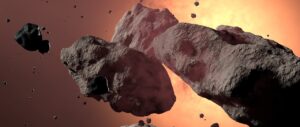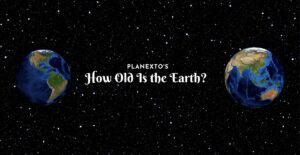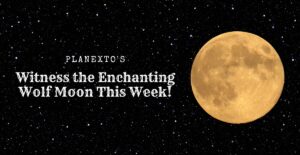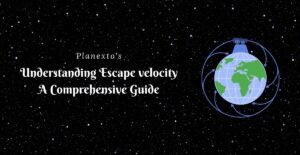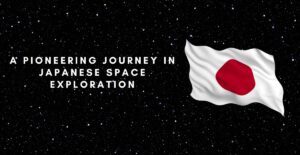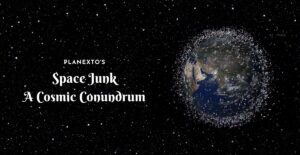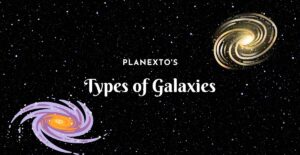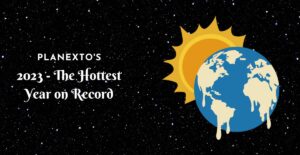Introduction
Asteroids, those enigmatic celestial bodies that orbit the sun, captivate the imagination with their mysteries. They’re remnants of the early solar system, holding clues to our cosmic past and potentially shaping our future. Understanding what asteroids are made of is pivotal in unraveling the secrets they hold.

Asteroids: Definition and Formation
Often termed minor planets or planetoids, are rocky remnants primarily found in the asteroid belt situated between the orbits of Mars and Jupiter. From a few meters to hundreds of kilometers in diameter, these objects range greatly in size and each bear witness to the turbulent history of our solar system.
Composition: What Lies Within?
The composition of asteroids is as diverse as their sizes and shapes. These celestial bodies are typically composed of rock, metals, and a blend of volatile compounds. The three primary types of asteroids based on their composition are:
1. C-Type: These are carbonaceous asteroids, the most common type, comprising carbon, silicate rocks, and hydrated minerals. They also contain organic compounds and water ice.
2. S-Type: Made predominantly of silicate materials and nickel-iron, these stony asteroids are relatively brighter and reflect more sunlight.
3. M-Type: These metallic celestial bodies primarily consist of nickel and iron, often resembling the composition of Earth’s core. They tend to be darker and less reflective.
Composition Variations and Classification
Within the classifications of C-type and M-type, there are intricate variations. C-type asteroids exhibit diversity; certain ones may possess elevated levels of hydrated minerals, contrasting with others rich in intricate organic compounds. Meanwhile, M-type differ in their nickel-iron ratios, influencing both their visual characteristics and overall density. These subtle distinctions highlight the complexity within asteroid classifications, emphasizing the nuanced nature of celestial bodies and their diverse compositions.
Origin and Evolution
Approximately 4.6 billion years ago, in the solar system’s nascent stages, asteroids emerged as remnants of the protoplanetary disk—a byproduct of the sun and planets’ formation. These celestial bodies have undergone transformations shaped by collisions and gravitational forces over countless eons, molding their compositions and structures. The dynamic interplay of cosmic forces has sculpted these celestial bodies into the diverse and intriguing entities observed today, offering valuable insights into the early history and evolution of our solar system.
Scientific Studies and Missions
Advancements in space exploration have enabled detailed studies of asteroids. Notable missions like NASA’s OSIRIS-REx and Japan’s Hayabusa2 have brought back samples from asteroids Bennu and Ryugu, respectively, providing unprecedented insights into their compositions. Analyzing these samples aids in understanding the early solar system’s conditions and the potential resources these celestial bodies harbor.
Implications and Future Exploration
Beyond the realms of scientific curiosity, the study of asteroids holds practical implications. They contain valuable resources like water, metals, and organic materials, potentially serving as future fueling stations or mining sites for space missions. Additionally, comprehending their compositions is crucial for devising strategies to mitigate potential collision threats they might pose to Earth.
Conclusion
Asteroids, with their varied compositions and enigmatic origins, remain crucial celestial entities for scientific exploration and potential future endeavors. Unraveling their secrets not only reveals our cosmic past, but also holds the key to unlocking potential for humanity’s future space undertakings.
FAQs
Q: How likely is an asteroid collision with Earth?
A: The probability of a catastrophic asteroid collision with Earth is exceptionally low. Scientists actively track Near-Earth Objects (NEOs) to prevent potential impacts, offering ample time for mitigation strategies.
Q: Can asteroids be mined for precious metals?
A: Yes, these celestial bodies contain valuable metals like platinum, gold, and iron. The prospect of asteroid mining presents a lucrative opportunity for future space endeavors.
Q: What is the difference between an asteroid and a meteoroid?
A: An asteroid is a larger rocky body orbiting the sun, while a meteoroid is smaller and can become a meteor when it enters Earth’s atmosphere.
Q: How do scientists study asteroids without physically visiting them?
A: Scientists use telescopes, spectrometers, and space probes to study asteroids remotely, analyzing their composition, size, and orbital characteristics.
Q: Could an asteroid impact cause the extinction of life on Earth?
A: While asteroid impacts have led to mass extinctions in the past, the likelihood of an extinction-level event in the foreseeable future is incredibly low.
Follow me on QUORA

